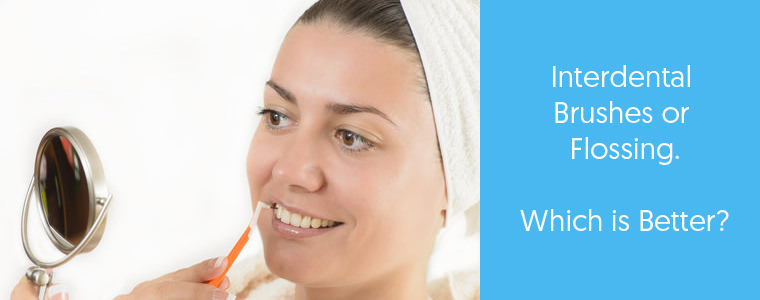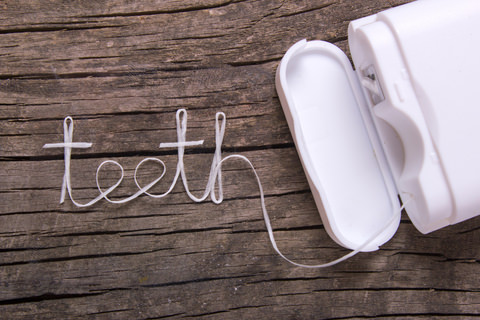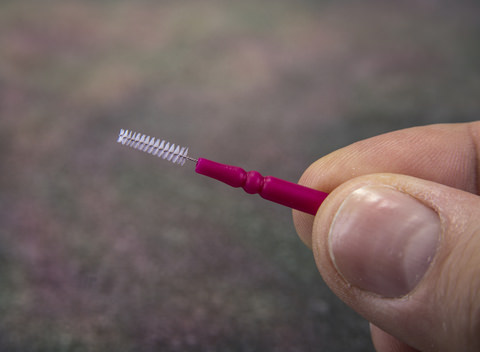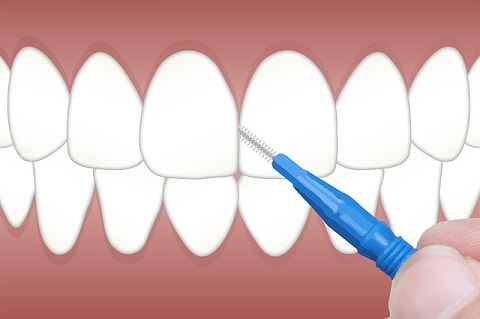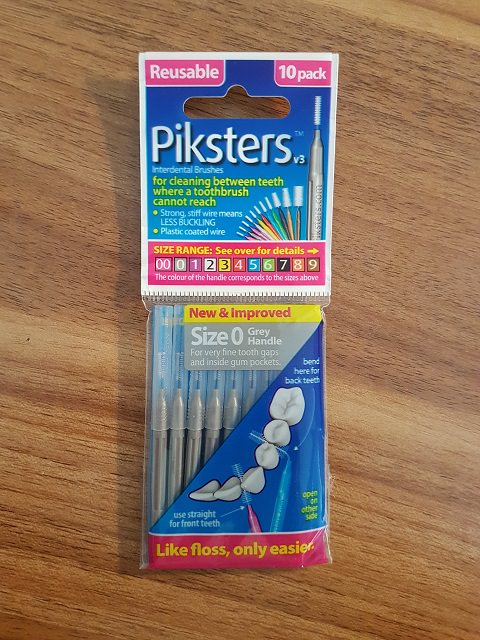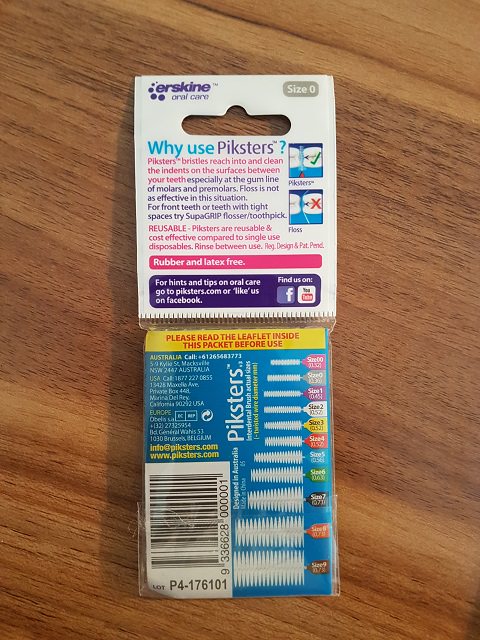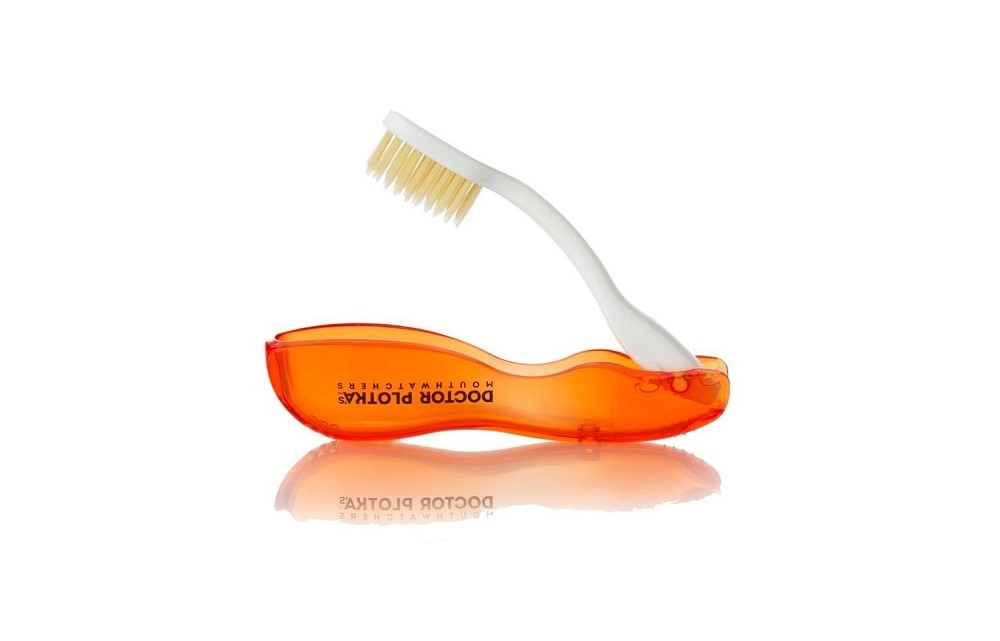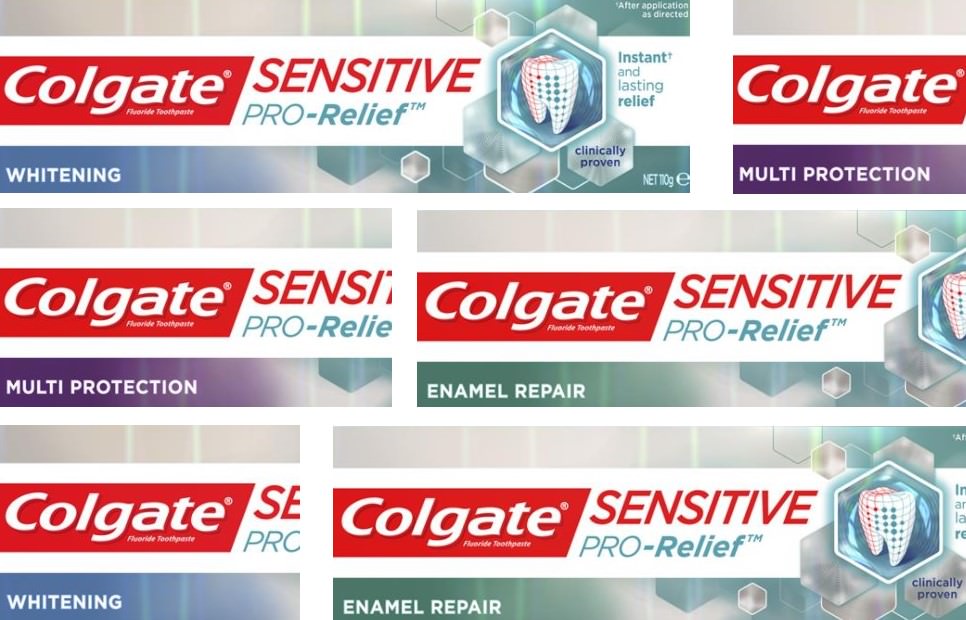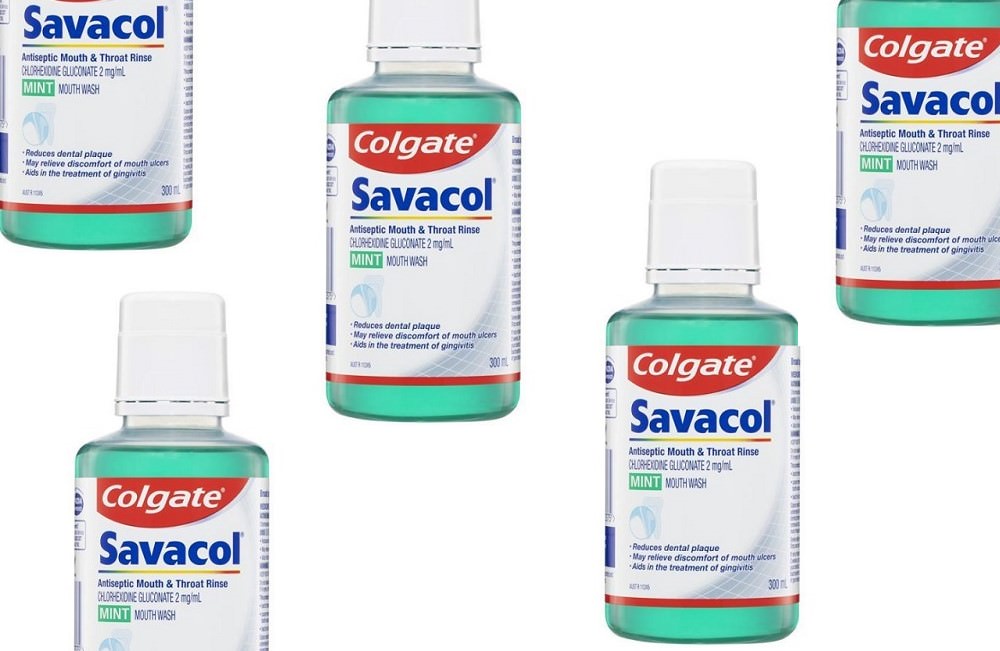Interdental Brushes Vs. Flossing: Which is Better?
What to choose? Do I go with dental floss or interdental brushes?
People are often confused about what dental hygiene products will yield the best results.
There are some differences between these two products, but generally, the function is the same.
Removing debris from between your teeth to avoid build-up of plaque and possible tooth decay.
In my opinion, using both is the perfect combination for making your dental hygiene routine effective.
However, if you use one method well and consistently, you are on the right path to good dental hygiene.
In this post, I’ll discuss the differences between dental floss and interdental brushes, and look at determining which one is better.
Before we jump into their differences, we will check out their individual functions and go from there.
Let’s begin!
What is Floss?
Dental Floss is a very fine, soft thread, usually made out of silk, nylon or Teflon.
It is commonly used to remove leftover food from between our teeth as it can reach places a toothbrush can’t.
Dentists endorse the use of floss, as it is an extremely effective tool for removing plaque and food stuck in teeth, with minimal possibility of damage if used correctly.
There are several types of floss including waxed, unwaxed, mono and multifilament.
Floss usually comes in the shape of tapes, picks, specialized plastic wands or rolls to facilitate holding it.
What is an Interdental Brush?
An interdental brush is a dental hygiene aid that helps clean the areas of your teeth that are beyond the reach of an ordinary toothbrush.
It is usually small in size which makes it easy to hold and maneuver.
The brush has a short handle with a thin brush mounted on top of it.
Depending on the design, the brush can either have a long L-shaped handle or be simply like a pick with a flexible brush on top.
The brush itself is thin enough to fit between teeth with bristles on both sides that perform the same function as an ordinary toothbrush but inside the gaps of the teeth.
They are available in several colours, shapes, sizes, and bristle strength.
Differences in Floss Usage
Using dental floss and interdental brushes can help maintain good oral hygiene to a considerable level.
However, many people prefer using one over the other, citing different reasons for their preferences.
Below are some of the differences between the two and some arguments for and against each.
Dental Floss
To use dental floss:
- Unwind the floss and wrap it around each middle finger.
- Pinch the floss between your thumb and index finger and pull it tightly.
- Slide the floss gently between the teeth.
- Use soft zigzag motions to reach your gum line.
- Curve the floss around the tooth and gently zigzag upwards to scrape any leftovers or plaque deposits over it.
- Softly pull the floss out of your teeth in the same zigzag motion.
- Repeat the process with all the teeth.
Interdental Brushes
Interdental brushes come in different sizes.
You might need to stock two or more different sizes for different spaces in the mouth.
It is vital that you select the size that fits your teeth.
Try not to force the brush between your teeth.
If the brush is too big, it will end up hurting your gums and teeth.
If it is too small, the brush won’t fit and clean properly.
In my case, I’ve tested and reviewed an interdental brush called Piksters.
I have reasonably close teeth, so I find the colours grey and pink work best for me.
There is a whole range of sizes available so ask your dentist what size is best for you or simply try a few out.
To use an interdental brush:
- Hold the brush with your index finger and thumb. Some people prefer pinching the brush between the middle finger and thumb for better guidance.
- Insert the brush smoothly into the space between your teeth.
- Gently move the brush forward and backward. Dentists recommend doing this around 8-10 times.
- Repeat the process with all the teeth.
Pros and Cons
Now that we have discussed how the two differ in use; let’s have a look at the pros and cons of each tool.
Dental Floss Advantages
1. Inexpensive
A tape of dental floss costs a lot less than even the most basic interdental brush.
That is because floss is only intended to be used once and then thrown away.
2. Easy to use
Using dental floss is easy. There is no complication of over or under-sizing and no fear of damaging gums, as it adopts a one-size-fits-all all policy.
Users only have to wrap it around their fingers and start flossing.
3. Hygienic
You are supposed to use a new thread of floss for each tooth.
By doing this, you ensure that you are using a clean and fresh piece of thread every time.
This is done to avoid spreading harmful germs and bacteria to other teeth, in case you damage your gums in the flossing process.
4. No lubrication is required
Floss doesn’t need any lubrication between the teeth but slides between them with ease.
5. Disposable
Bacteria or leftover food from one tooth doesn’t end up on teeth but is disposed of along with the string of floss.
Dental floss is cost-effective, hence easy to dispose of.
Dental Floss Disadvantages
1. Discomfort
People not used to flossing might feel weird when the floss is between their teeth.
The to and fro motion can feel very discomforting for some.
People complain about strange sensations especially when the thread touches far to reach or otherwise sensitive teeth.
2. Painful
Although floss is not painful to use, it can cause pain if used on sensitive or bleeding gums.
The floss thread might also cut into gums and feel painful to the user.
3. Time Consuming
Flossing between the gaps on all your teeth can be tedious, as it takes time and effort in the morning.
Flossing being time-consuming is one of the main reasons why people don’t often floss.
People forgoing flossing early morning in a rush for work or school can damage their teeth unknowingly.
It is never a good idea to rush flossing as it means proper care is not being taken and may hurt the user.
4. Not Compatible with Braces
A user with braces cannot use floss because of the vertical bridges between each brace since floss needs to be inserted between the teeth from the top down gently.
Interdental Brushes Advantages
1. Size Range
There are different sizes of brushes that you can select for your teeth, unlike floss that adopts a one size fits all approach.
Using these brushes is easier as they fit properly and safely between teeth.
2. More Effective
The brush has bristles that move between the teeth and clean the user’s teeth more effectively and quickly.
The bristles are far more effective than the floss’ thread, whether they are soft, medium or hard.
3. Easier to Get to Hard to Reach Places
Using floss, you need to make sure the thread reaches your teeth first, which is difficult to do, especially for the teeth at the back.
An interdental brush can reach those hard to reach places with ease due to its handle and flexible brush top.
4. Reusable
Unlike floss, the interdental brush doesn’t need to be thrown out after every use but can be washed and reused the next time as well.
This not only saves money but time as well, as the user doesn’t have to cut out new pieces of thread to floss.
5. No Residue
After using waxed dental floss, there is always some residual wax left on the teeth.
Not only is the wax uncomfortable, but it can be somewhat hard to wash off.
Interdental brushes leave no residue on the teeth.
6. Faster
Where users have to insert the floss between their teeth carefully, an interdental brush can easily be inserted between the teeth, rubbed gently 8-10 times, washed under the sink and then used on the next gap.
Flossing takes a lot of time instead, as the taut part needs to be replaced every time.
7. Accessible
Where people who have braces can’t use floss, an interproximal brush can easily clean teeth with braces because it is inserted from the front and not the top.
These brushes are a lot handier than floss for those with dental crowns or bridges as well, as they clean the gaps formed between the teeth with ease.
Interdental Brushes Disadvantages
1. More Expensive
These brushes cost more than floss because of their sturdiness.
Unlike floss, their design is not for one-time use.
2. Can Cause Injury Due to Sharp Parts
Interdental Brushes have a wire situated along the centre of the brush which is prone to bending.
This is one of the major problems of this dental brush.
The bent wire can prick or cut the gums and cause injury while cleaning. It is particularly dangerous if the gum flap between the teeth gets damaged, which can harm tooth integrity.
3. Bacteria Buildup
Even if you wash the brush thoroughly, some bacteria might remain on the brush unless completely sterilised.
If the brush ends up cutting gum, harmful germs can enter the cut from the brush and cause infection.
4. Different Size Requirements for Different Gaps
Another reason why these brushes can cost so much is that different sized brushes can be needed for the same user, as the gaps between teeth vary.
For example, the gap between the molars is not the same as between canines.
Brushes of different sizes will cost a lot more than a tape of floss.
Inserting a bigger brush in a smaller gap may damage the gums or increase the gap between teeth.
Similarly, inserting a smaller brush between the teeth means that the brush will not fit properly, creating wriggle-room, which may cause the wire to bend and damage gums.
Conclusion
Both the products have their merits and disadvantages.
While most people prefer dental floss, people who like being more thorough with their oral hygiene endorse interdental brushes.
However, in the end, the decision lies with you and what your preferences are.
Some people might prefer floss for its disposable nature, while others might find interdental brushes more comfortable, easy to use and effective.
Many organisations like the British Society of Periodontology advise users to use interdental brushes instead of floss.
The U.S Department of Health recently removed using dental floss from its oral care guidelines. Strange but true.
Australian health authorities, such as the New South Wales’s Health website still recommend the use of floss in its guidelines, starting from when a child grows more than two teeth.
Whether you decide to use floss or interdental brushes, you should always remember to have your teeth regularly checked, so that your dentist can recommend the best course of action for you.
Good dental hygiene is paramount to living a healthy lifestyle.
Choosing the right dental hygiene product which works for you will ensure you keep them a part of your daily routine.
What is your preferred dental hygiene product?
By Anthony Cade
Created at October 08, 2018, Updated at January 25, 2025


